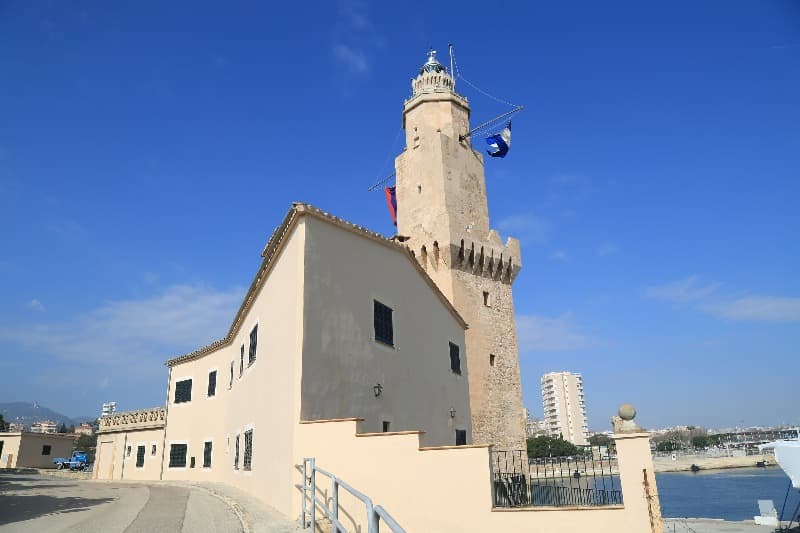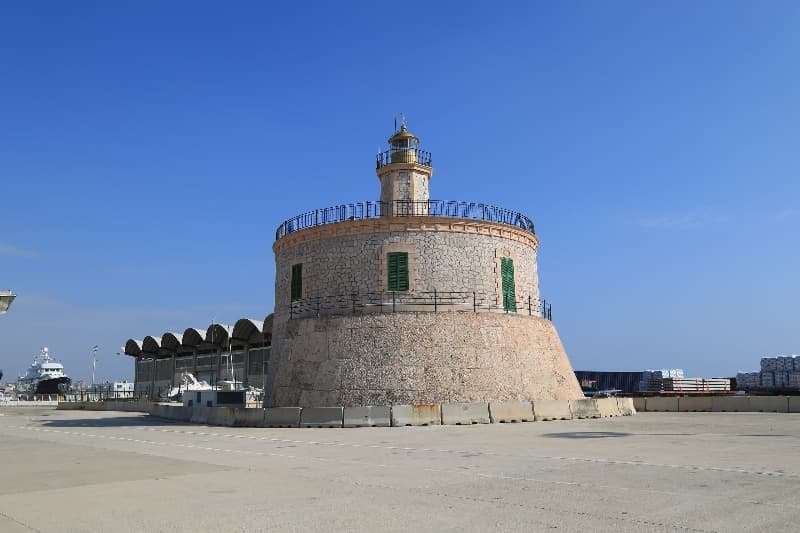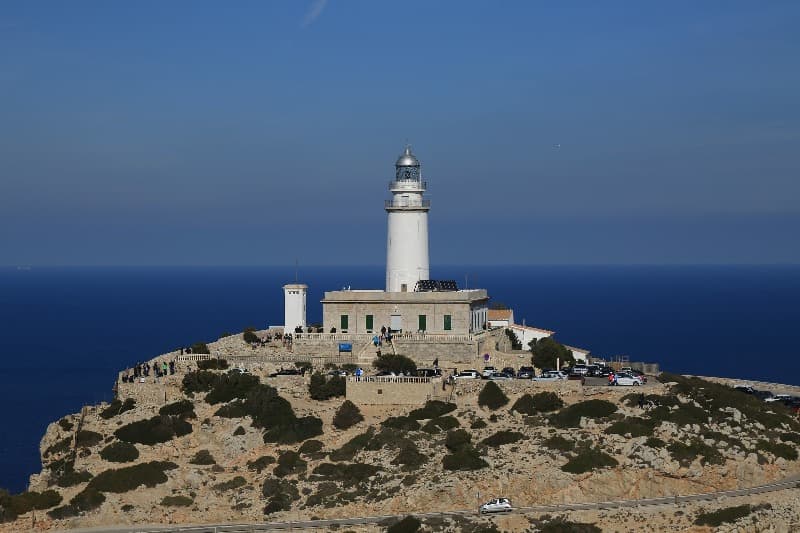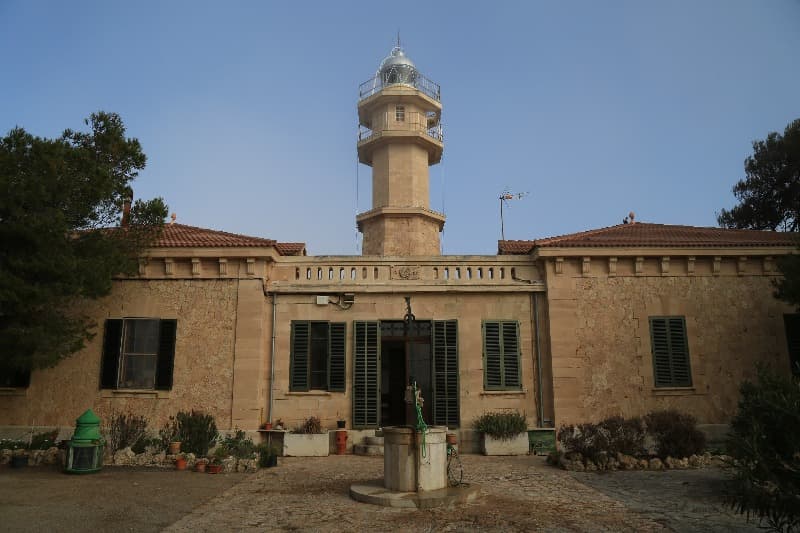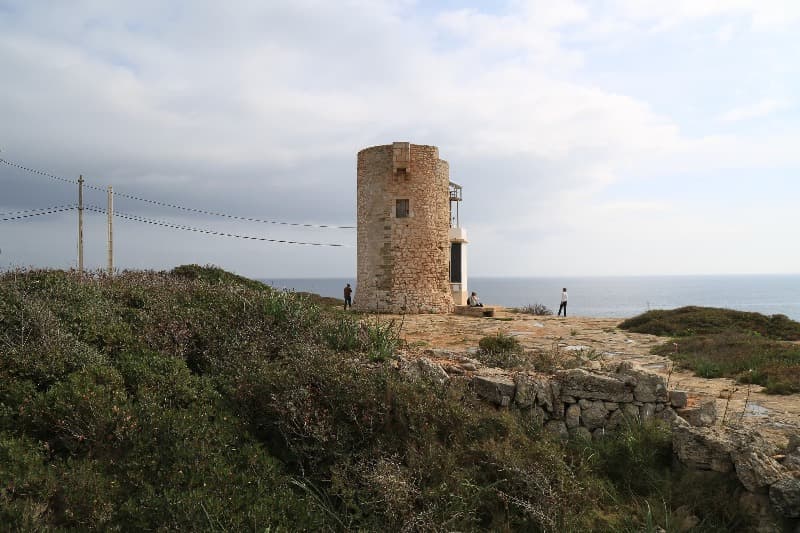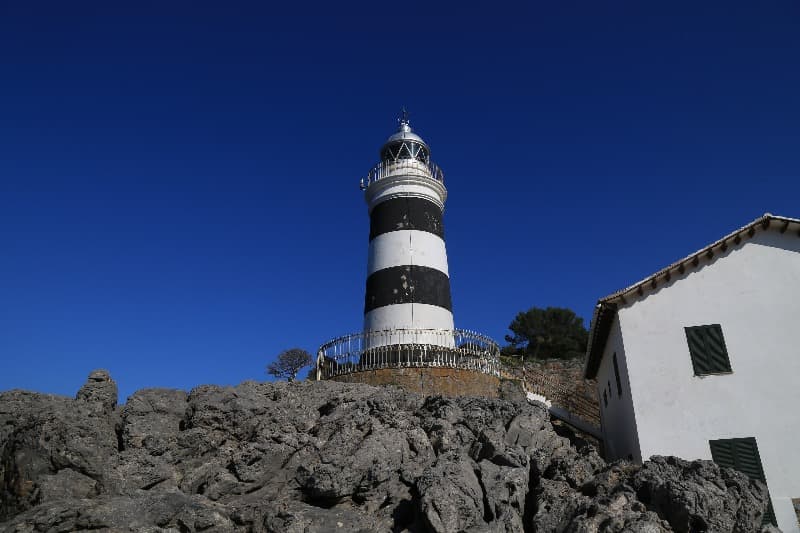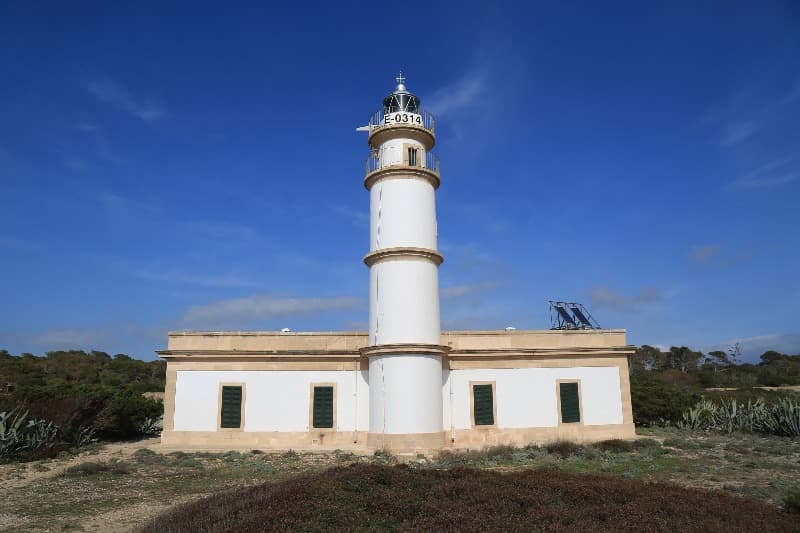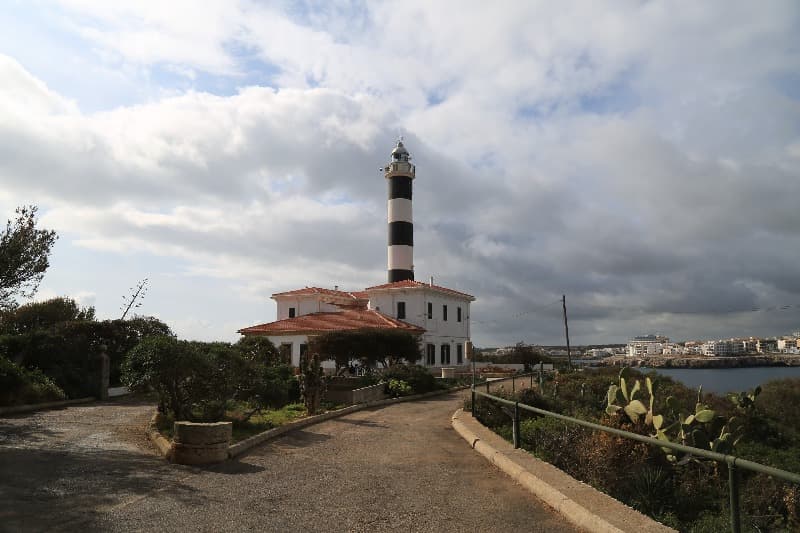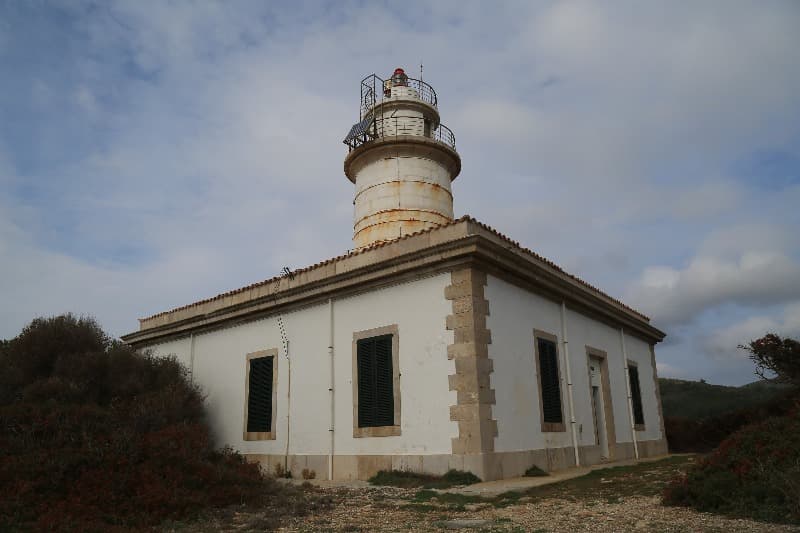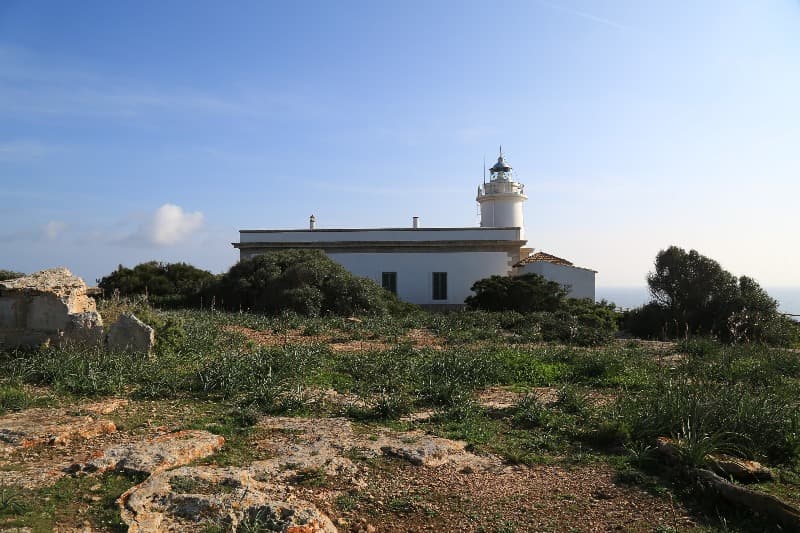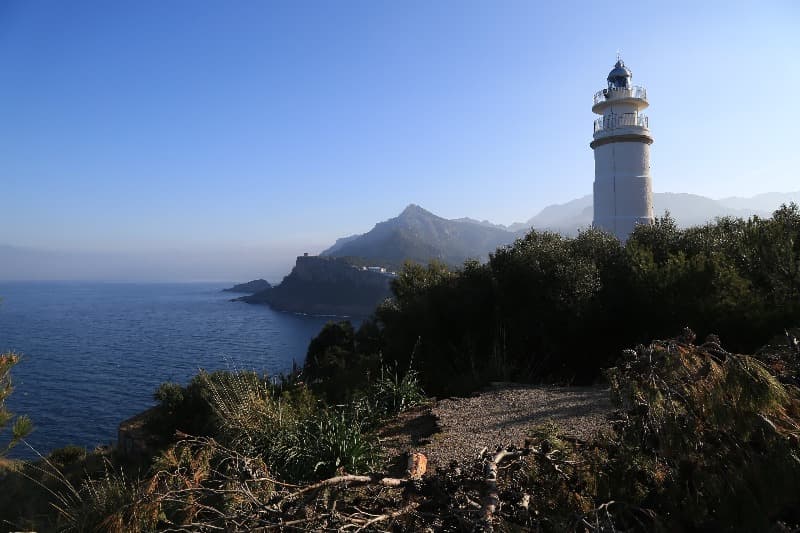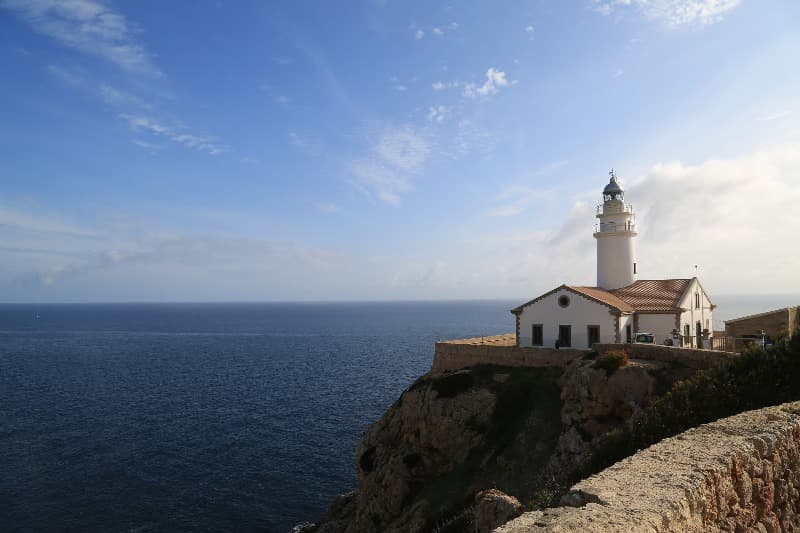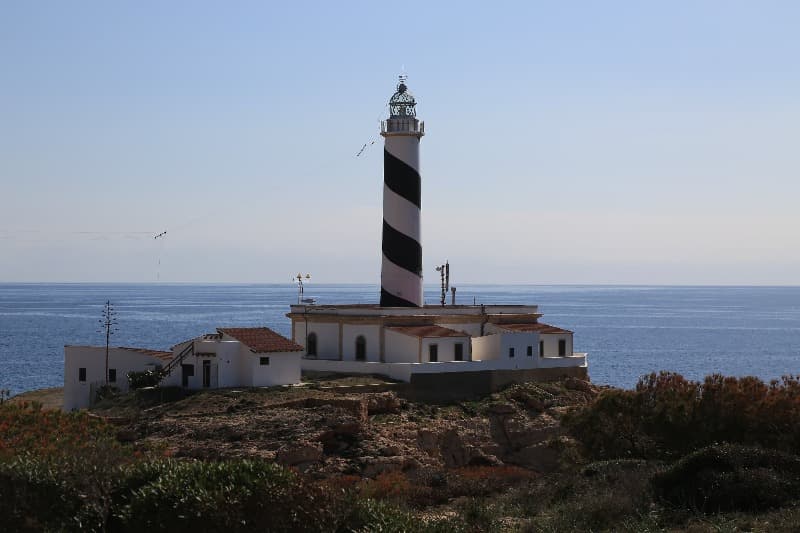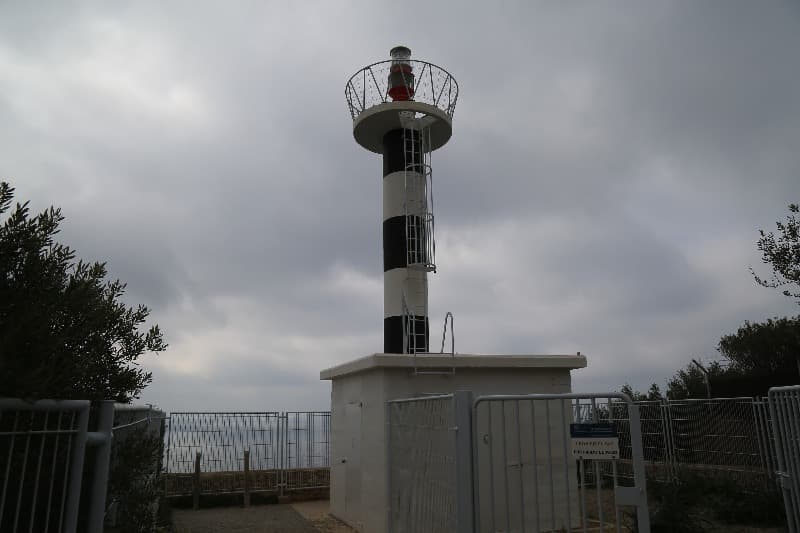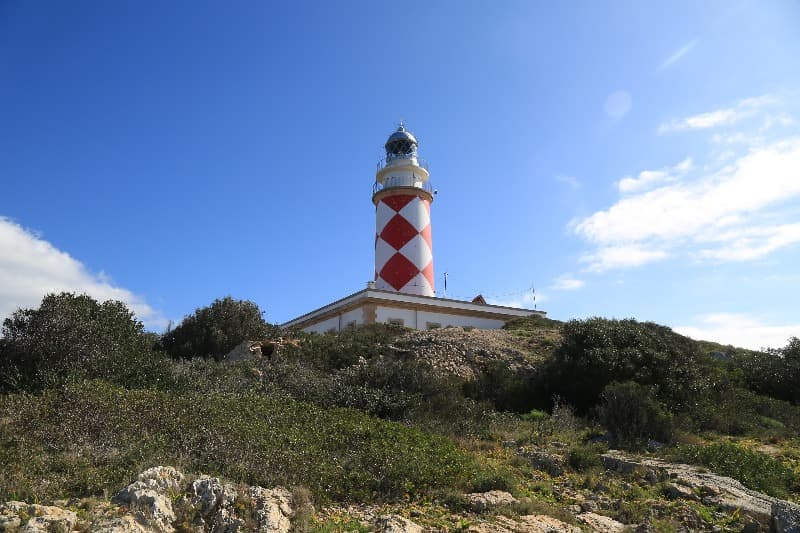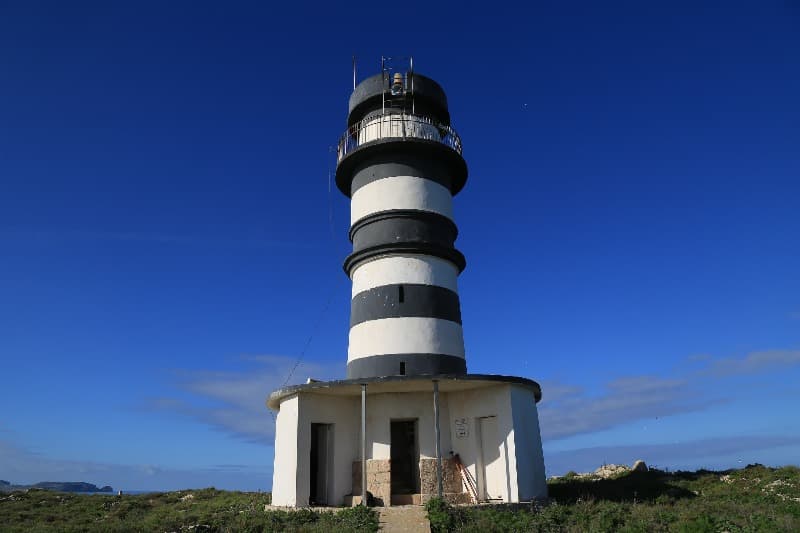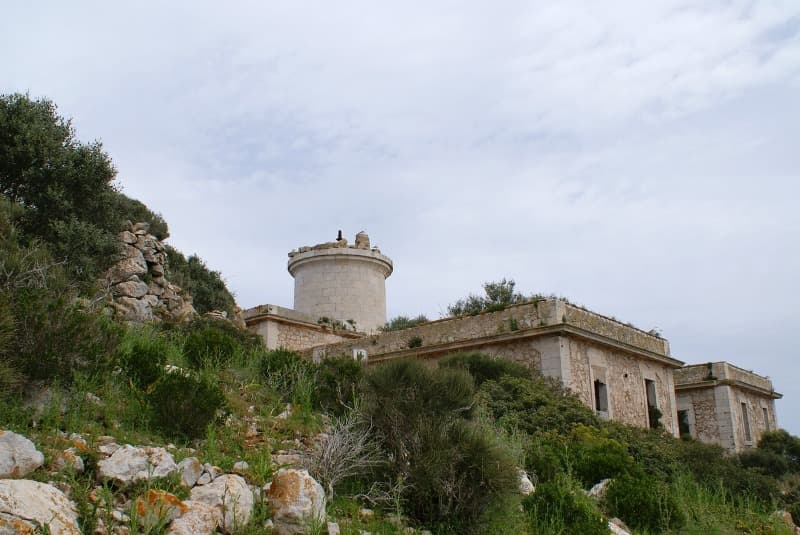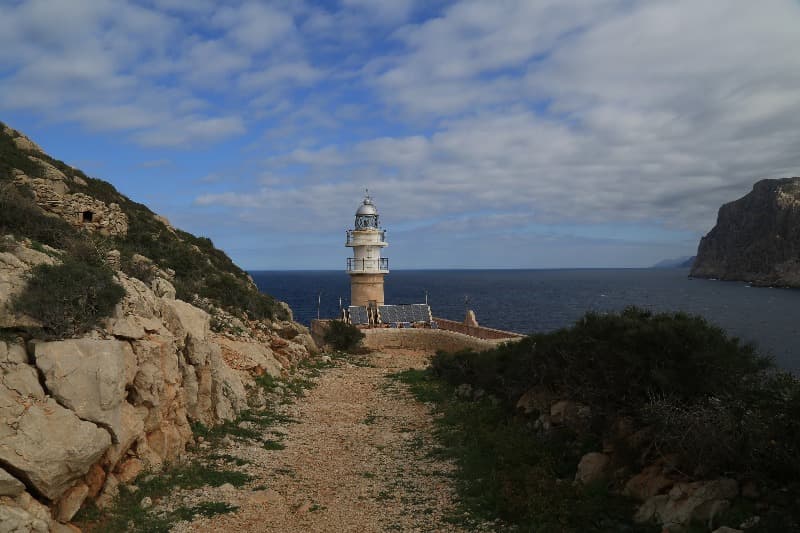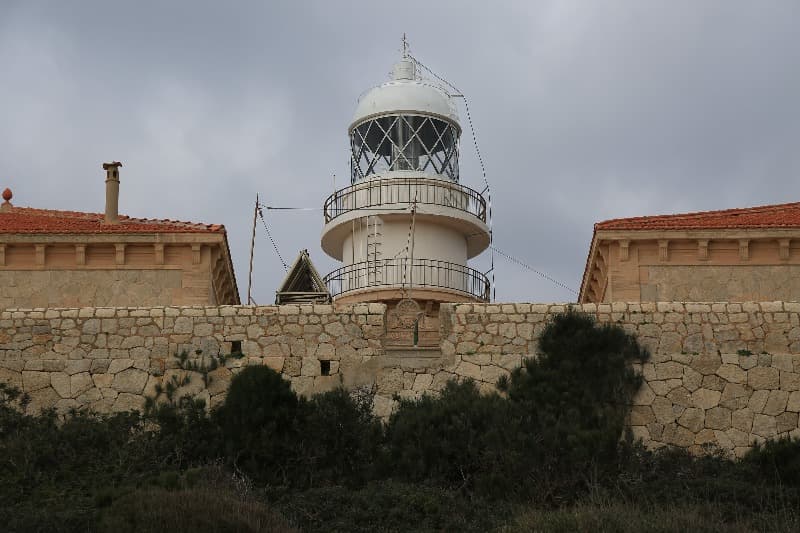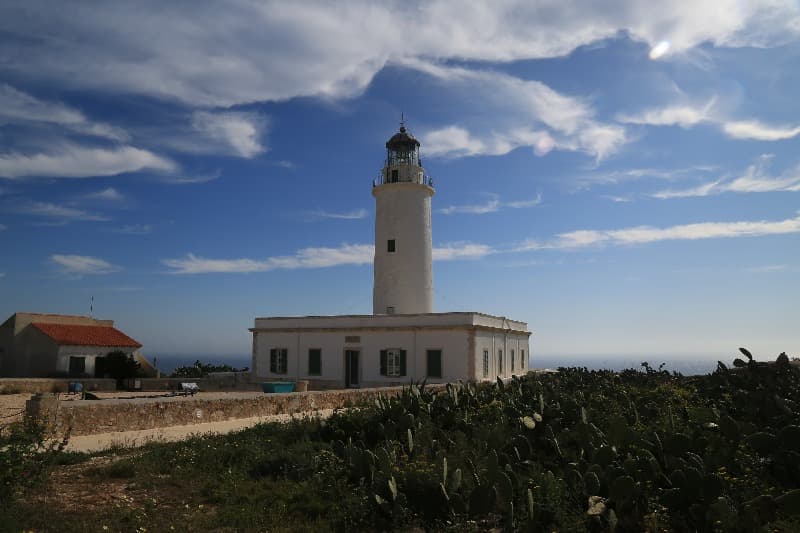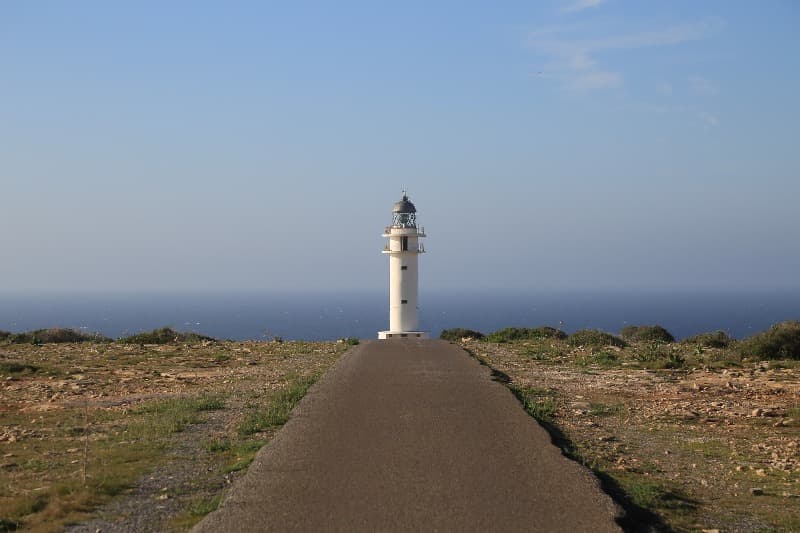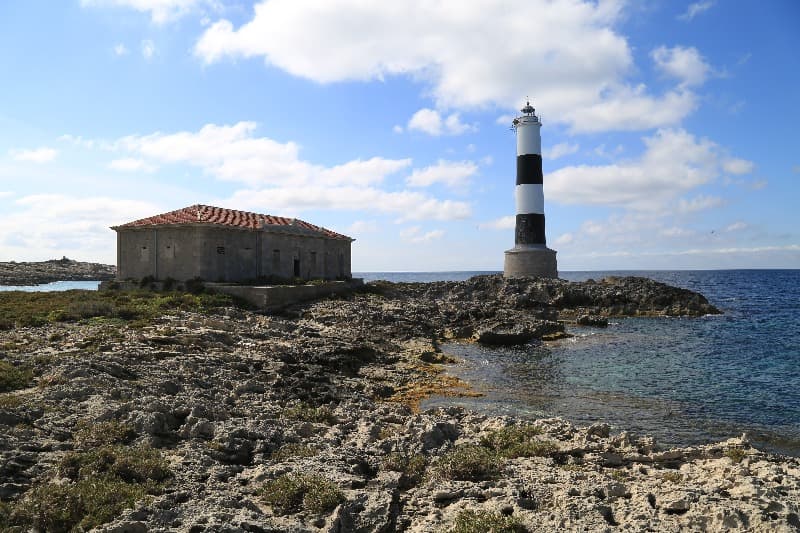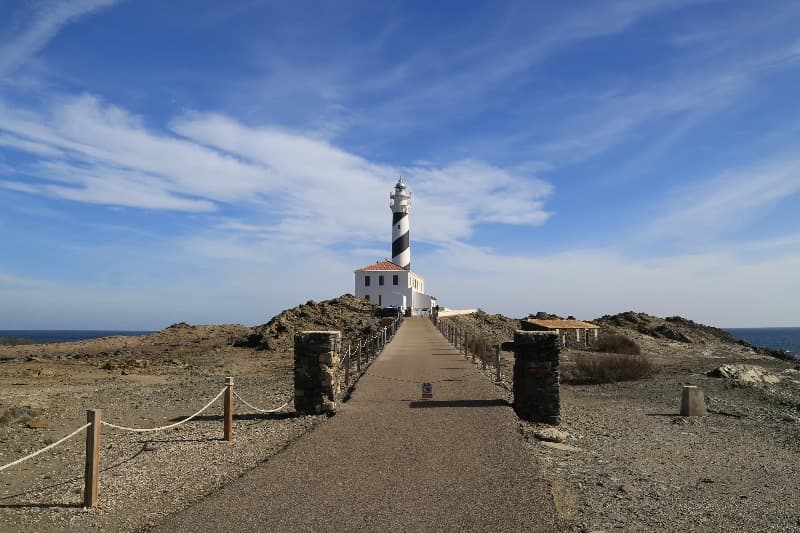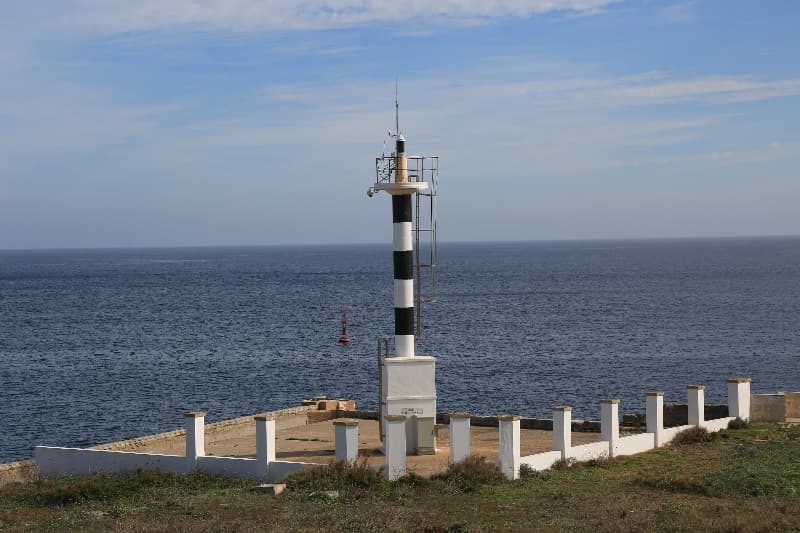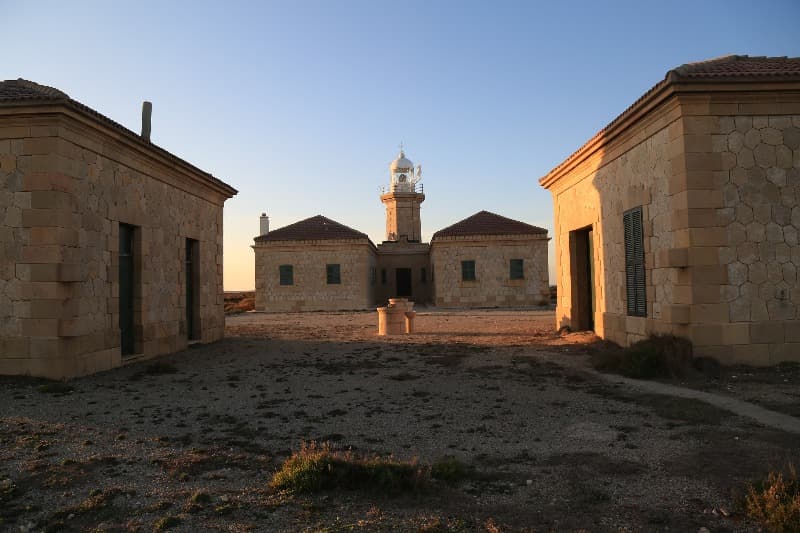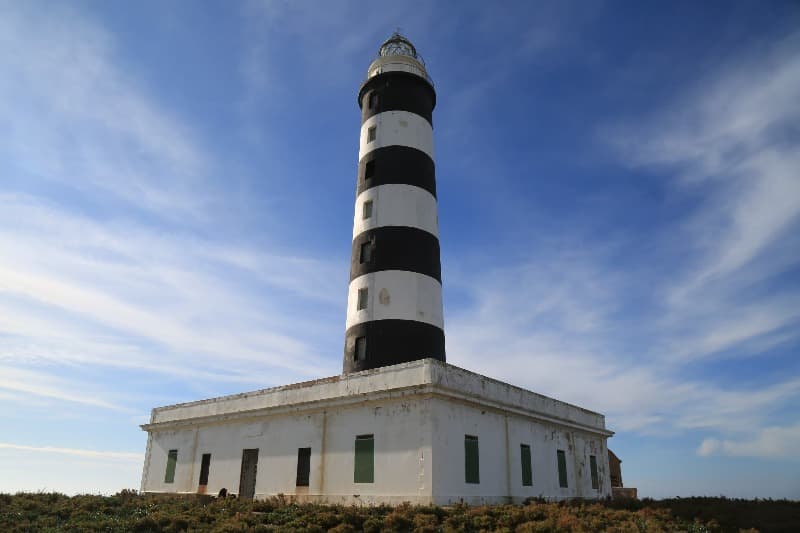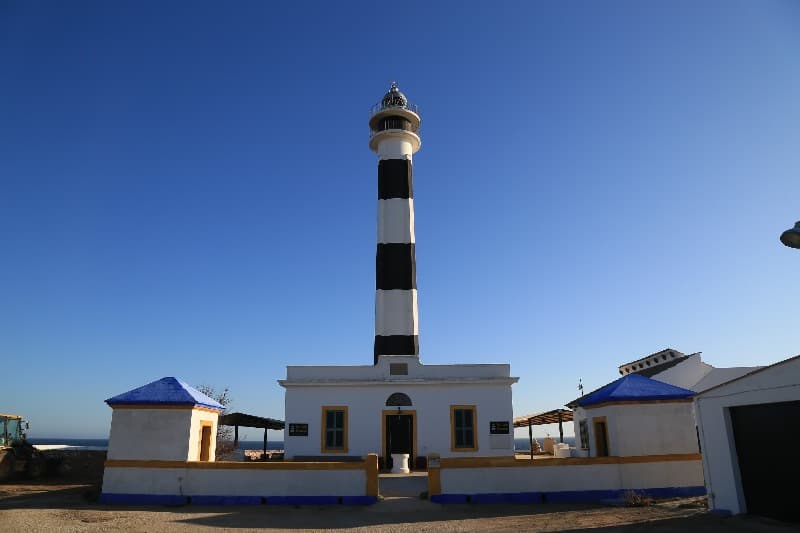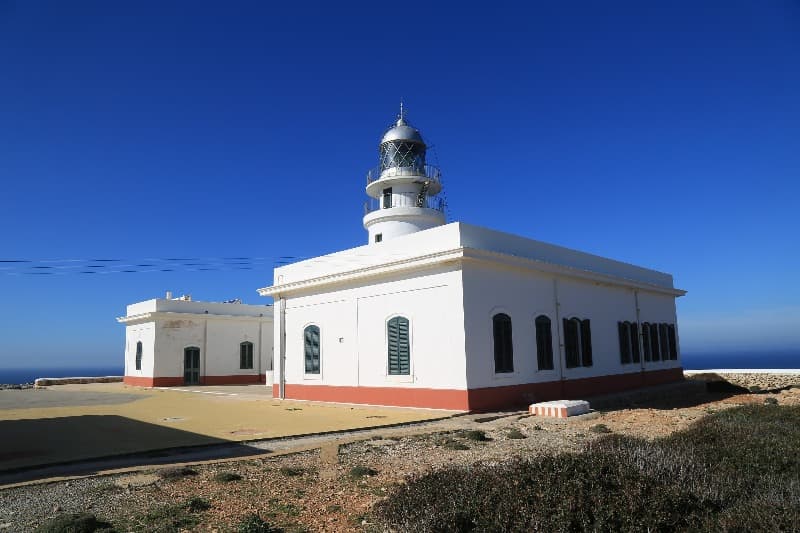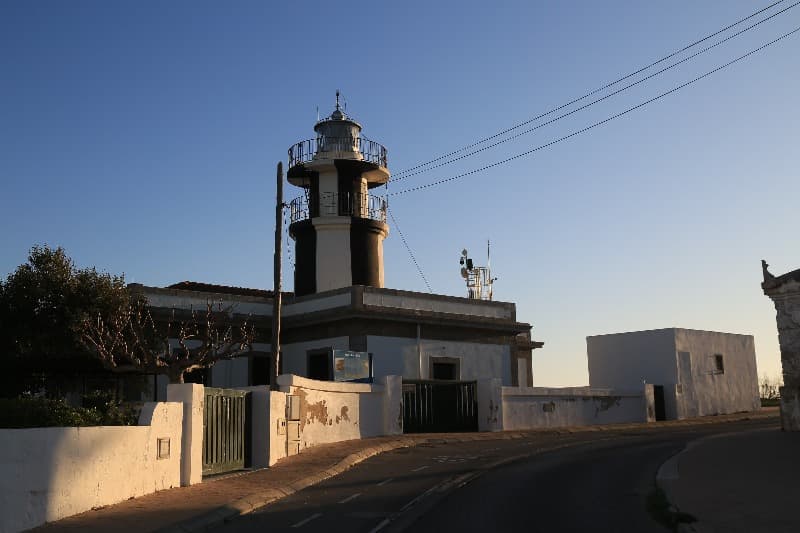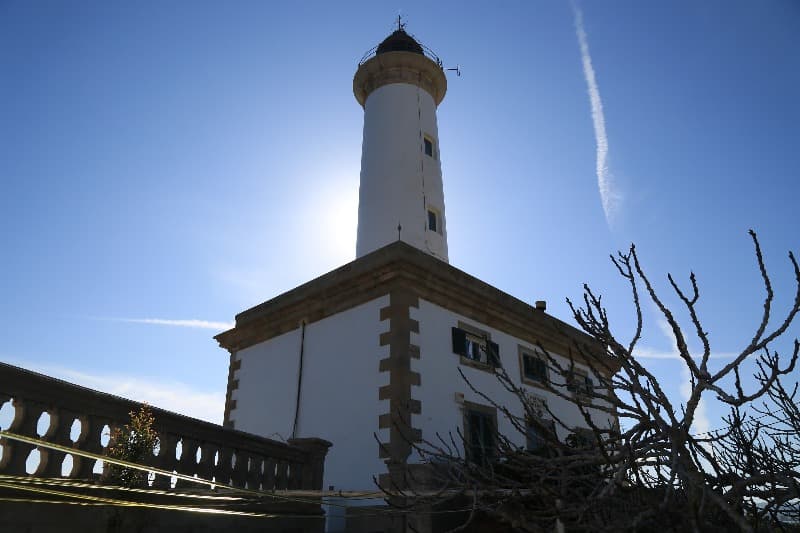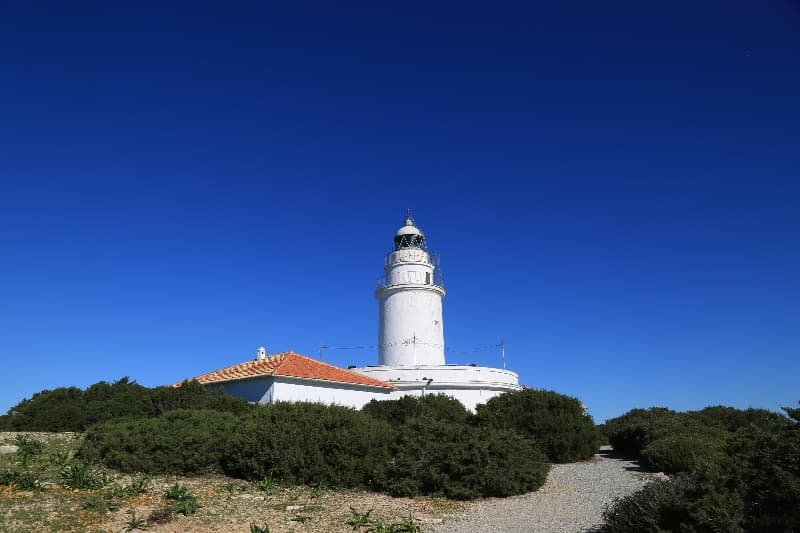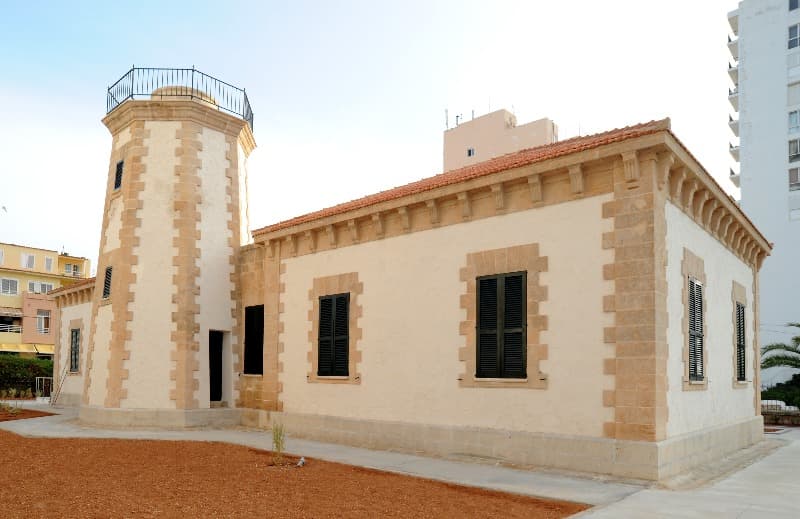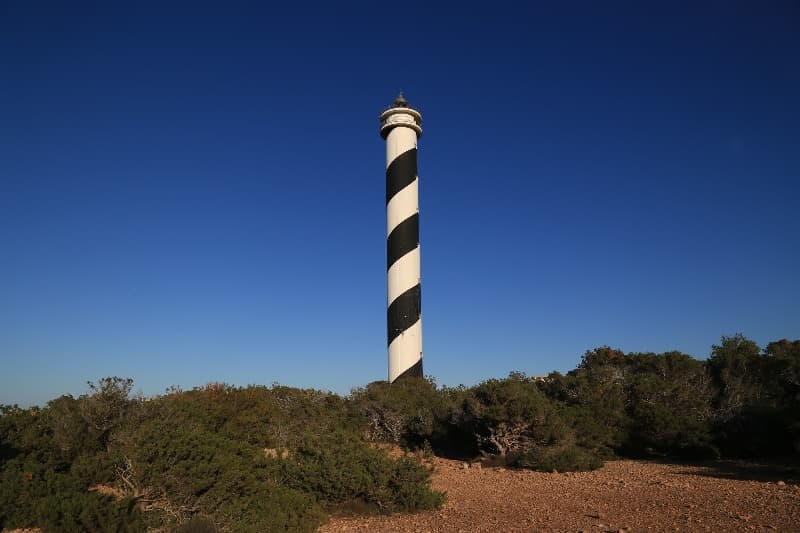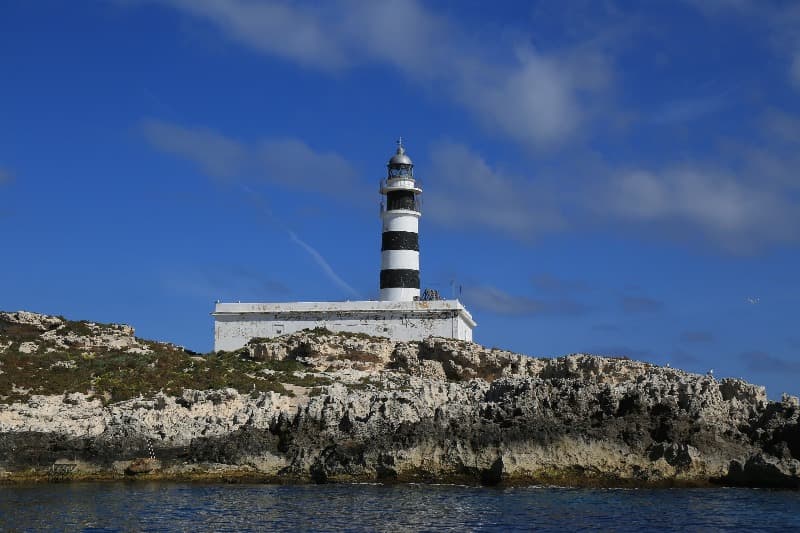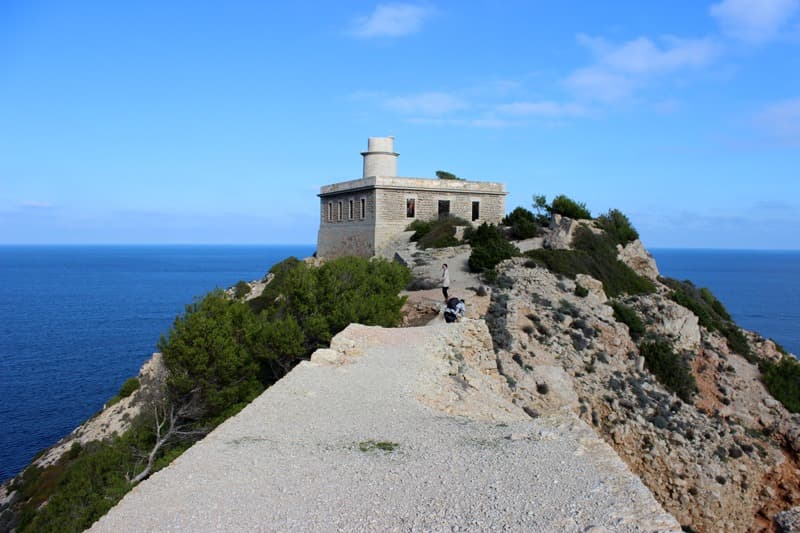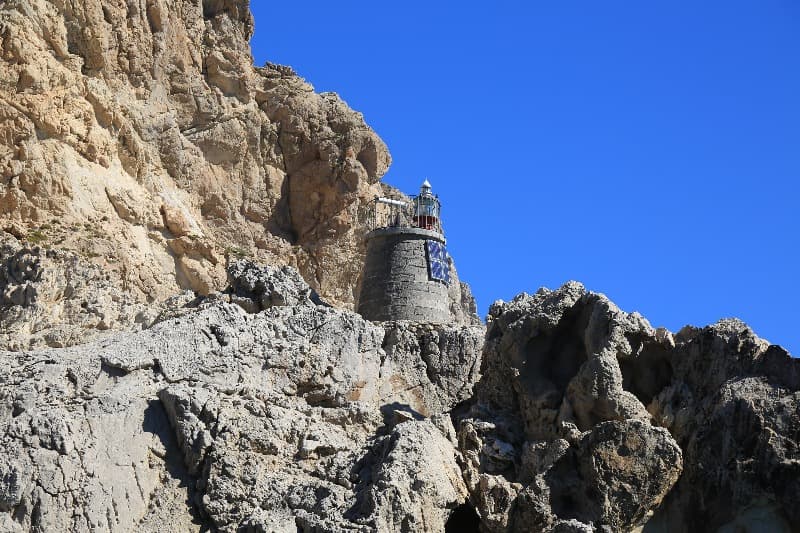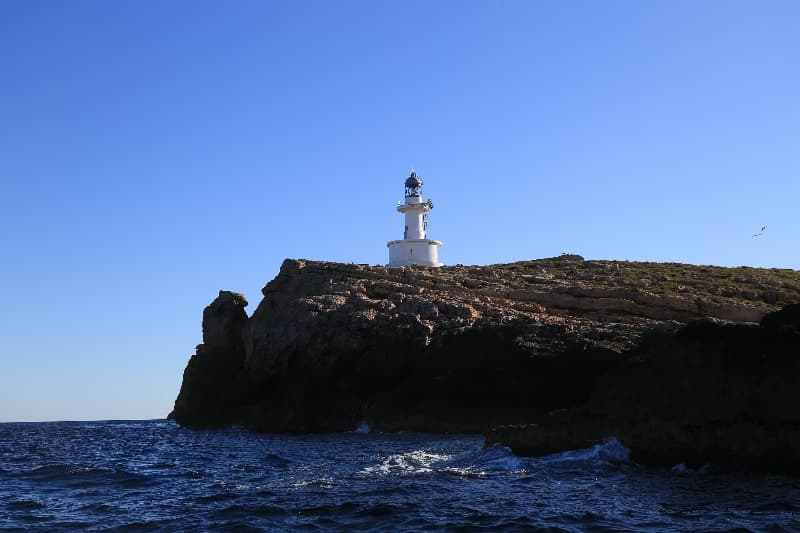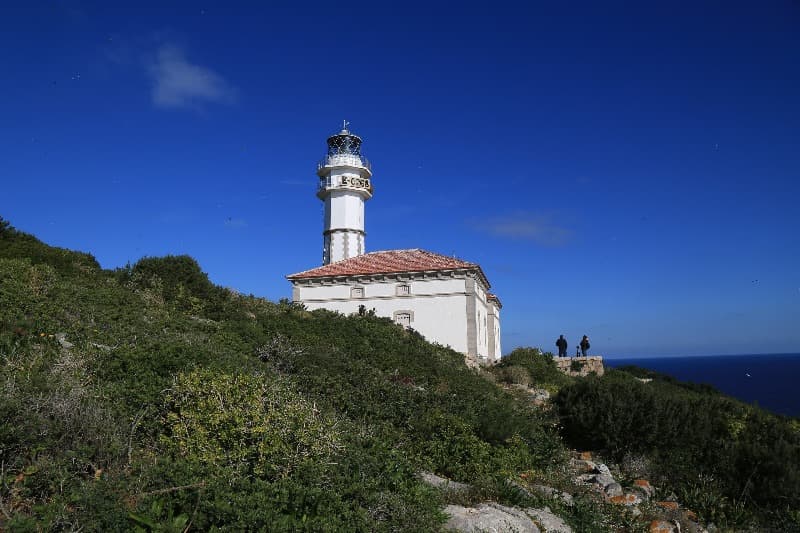
Glossary
| Nominal range | The maximum distance a light can be seen in clear weather (meteorological visibility of ten nautical miles) |
| Lighthouse | A maritime navigational aid with a nominal range of ten or more nautical miles. When its nominal range is less than ten nautical miles it is known as a beacon. |
| Chimney | A cylindrical piece of glass that was inserted into the burner to protect the flame and prevent it from going out. |
| Draft tube | aa metallic tube fixed inside the optic into which the funnel of the burner or lamp was inserted to facilitate combustion. |
| Flash | The intervals of light perceived during the observation of a lighthouse |
| Flasher | Dvice used for producing intermittent light. Flashers were used to produce rhythmic light patterns with non-rotating stationary optics. |
| Gas generator | A device used in the 1920s and 30s for producing acetylene gas to fuel the lighthouse’s lighting system. |
| Chance Lamp | An incandescent petrol vapour lamp manufactured at the Chance Brothers’ factory in Birmingham and in common use in Spanish lighthouses for many years. |
| Maris Lamp | A lamp fuelled by paraffin or petrol, using a single or double wick and used in short and medium range lighthouses. |
| Moderator Lamp | Olive oil fuelled lamp equipped with pistons for pumping the fuel to the burner. |
| Mechanical lamp | Olive oil fuelled lamp equipped with a clockwork mechanism and weights for pumping the fuel to the burner. |
| Aladdin Lamp | Lamps that used a mixed wick and mantle burner system that were in common use in short range lighthouses or as a back up system in mid-range lighthouses. |
| Lantern room | Gglass and metallic structure for protecting the lens and lamps from the wind and rain while providing maximum visibility for the light. |
| Aerobeacon | Lantern with a glass roof meaning that the light pattern is also visible from the air. The lens must be equipped with special prisms so that the beams of light are emitted simultaneously towards the horizon and the sky. |
| Rotation machinery | Clockwork system equipped with lifting gear used in lighthouses employing rotating optics. The lighthouse keeper had to take the weights to the top of the tower, often several times during a single night if the tower was not high enough. |
| Nautical mile | Measurement used at sea corresponding to 1852 metres. |
| Burners | The part of the lamp into which the wicks were inserted in order to produce the flame needed to produce the light |
| Occultation | The intervals of darkness between two flashes |
| Catadioptric optic | Optic where lenses and prisms use the reflection and refraction of light in order to attain the required light range. |
| Fixed optic | Non-rotating optics which, when combined with flashers, produce a rhythmic light pattern. |
| Dioptric optic | Optic with lenses that only produce refraction of light. Generally used in shorter range lighthouses than those using catadioptric lenses. |
| Order | In the 19th Century lighthouses were classified into six orders, following the French practice. This classification was based on the focal distance of the lighthouse’s optic; the most powerful were the lighthouses of the 1st Order with 900mm focal distance optics and the least, those of the 6th Order with much smaller optics of 150mm of focal distance. |
| Period | Duration of the sequence of flashes and occultations of a lighthouse before repetition. For example the light pattern of Portopí lighthouse has a period of 15 seconds where two flashes can be observed. |
| Rotating optical system | System of optical mechanisms and rotating machinery for producing the light pattern of a lighthouse. Formerly lighthouses with occultations used a system of rotating screens in order to hide the light. |
| Galets | Small metallic wheels supporting rotating optics. This old-fashioned rotation system produced light patterns with extremely long periods. Later on this system was replaced by a mercury bath where the optic floated producing faster rotation and shorter rhythmic periods. |
Balearic Lighthouses
-
Mallorca
-
Cabrera
-
Sa Dragonera
-
Formentera
-
Menorca
-
Eivissa

